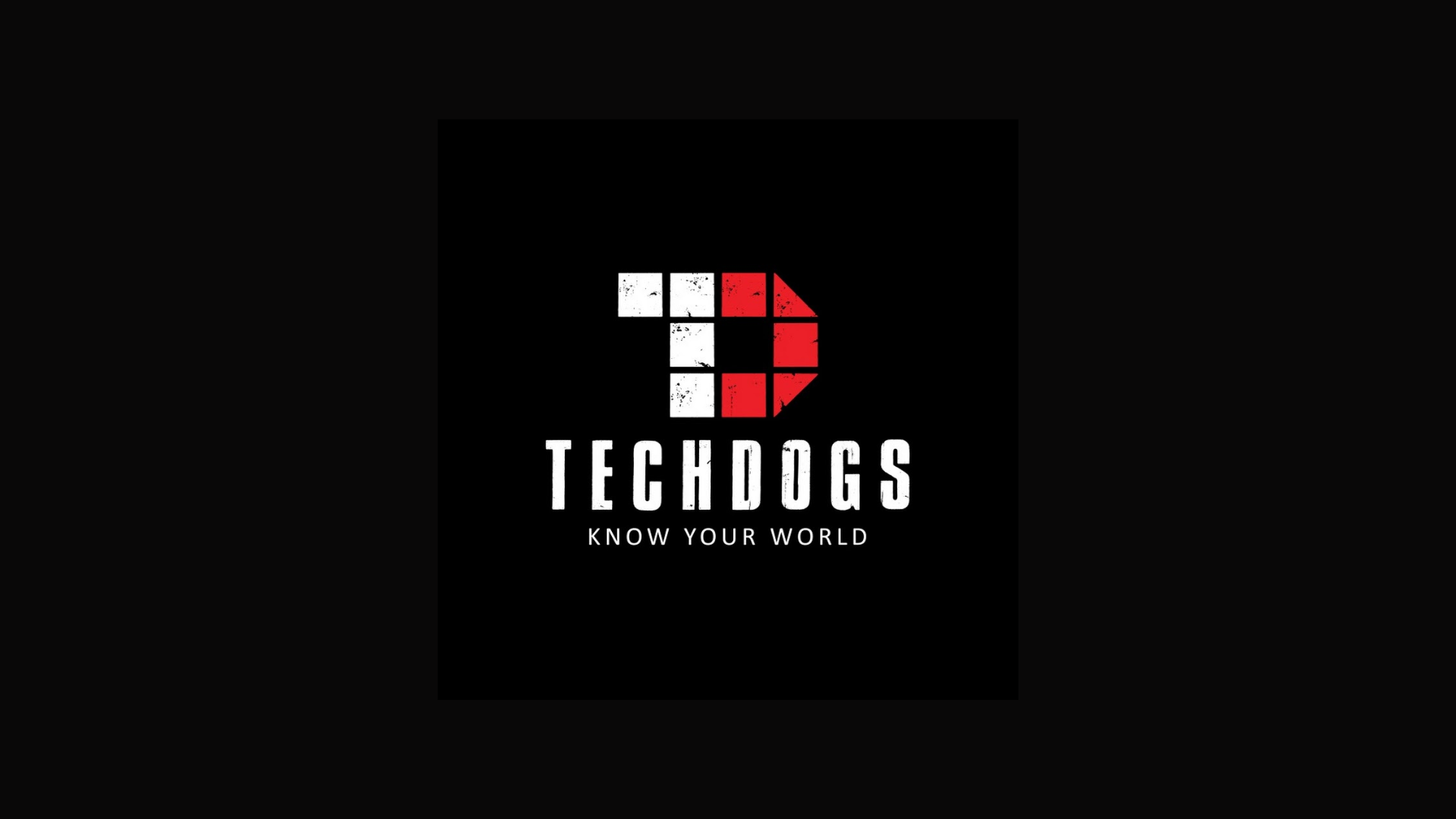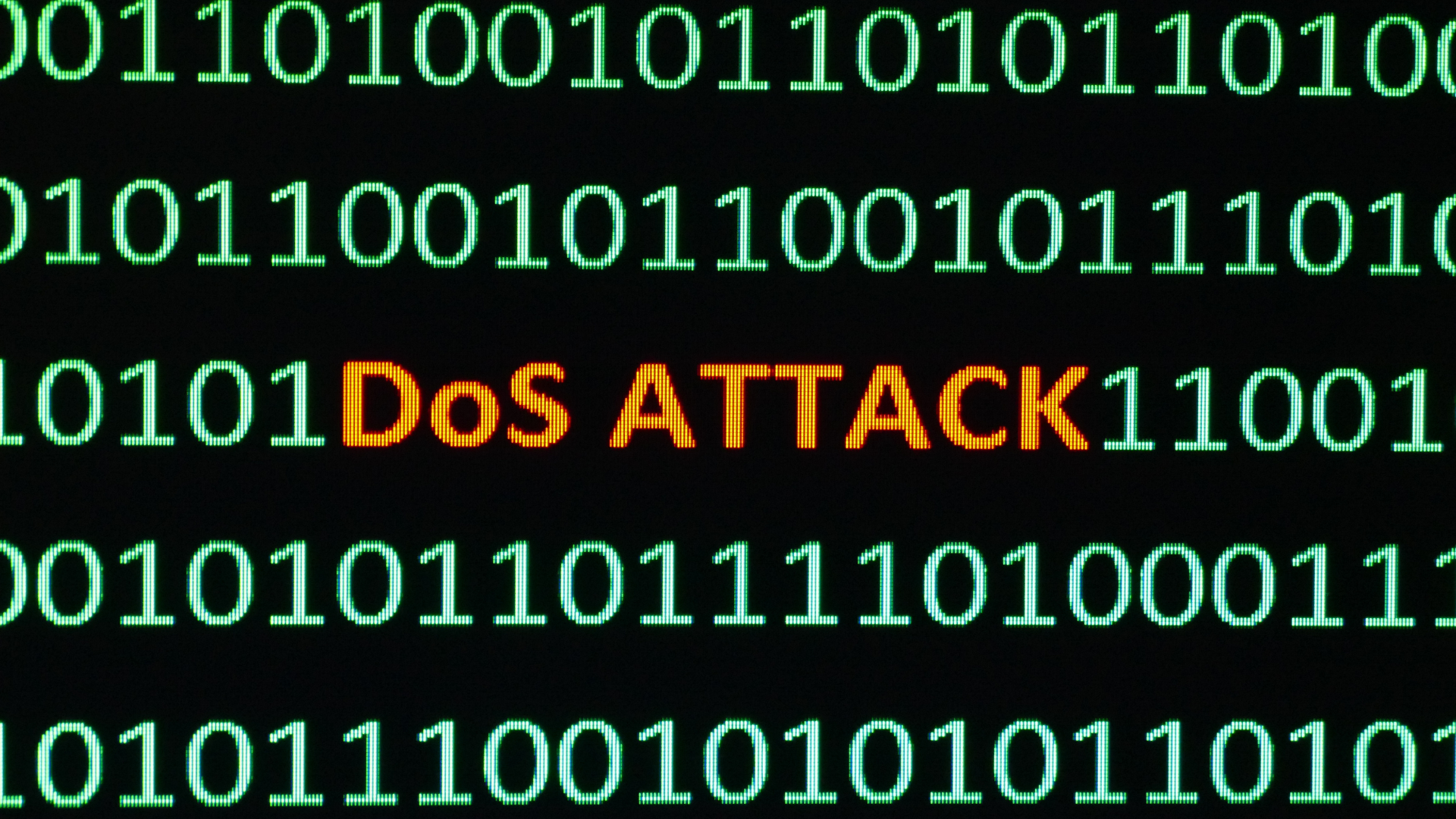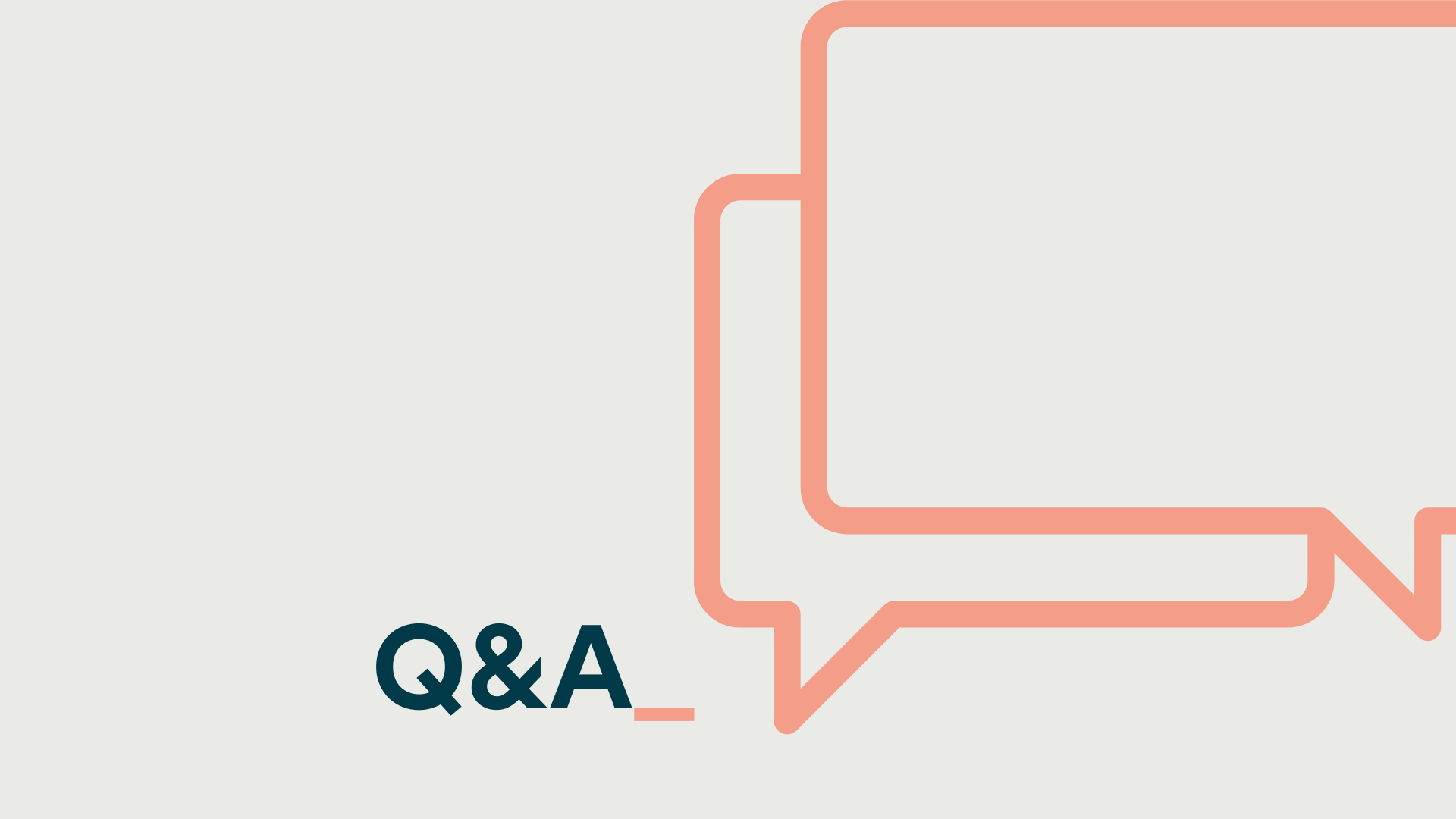Understanding impact isn’t just a case of counting coverage. You need a more holistic view of the event to understand what the “noise” looks like and what impact you need to make in order for your message to be heard. To do this, we analysed articles from over 150 companies at RSA to get a clear idea of what marketing and comms professionals need to do to get noticed.
What does cut through look like?
153 companies got coverage at RSA but it’s likely that there were closer to 600 companies competing to get coverage from the shortlist of media at the event. This is a busy and sometimes overwhelming time for journalists as their inbox gets flooded with pitches and requests for briefings so, if you’re trying to get their attention, you need a good story to stand out.
Companies with a strong news angle earned on average nine pieces of coverage. This tells us that in order to cut through the noise you typically need to be earning eleven or more pieces of coverage to leave the event knowing you’ve succeeded.
However, it is important to know that when reporting on coverage, although volume looks good, quality is just as important. RSA is fortunate to attract some very influential journalists from highly reputable publications but some stories will get more attention than others. Why?
To drive coverage at RSA, you need data
Cybersecurity journalists have a massive appetite for trends around cybercrime and how it impacts businesses. This is true all year round and RSA is no different. More than 50% of coverage at the event covered vendor research or insights from threat intelligence teams. Having the ability to share insights around a unique challenge in the industry or an emerging threat puts organisations at an advantage when trying to attract the attention of the media.
Outside of this, M&A and funding were the other most covered types of news. The volume of announcements related to this follows an ongoing trend of consolidation in the market, perhaps indicating a positive future for cybersecurity investment for the rest of the year.
Going to an event without news would put you at a disadvantage if you’re trying to raise awareness. Without news, success will rely on crafting a good story which is possible but challenging in a highly competitive media environment.
Pitch early
Our research tells us that in the lead up to RSA, coverage starts to build up, creating what we call an “anticipation period”. Coverage volume then peaks during the conference, with 50 pieces of coverage coming out on average every day. To hit this volume, journalists will have stories planned ahead of time meaning that you need to be pitching them early if you want to be included.
The added benefit of having coverage either during the anticipation period or at the event is for organisations to raise awareness, driving more traffic to their booth and providing their sales teams with additional ammunition for generating leads on the ground.
RSA is a small window of opportunity to get coverage but our analysis tells us that coverage about the event continues for at least two weeks before slowing down. Even if you didn’t get coverage during the event, the weeks following may give you the opportunity to earn coverage. This in turns provides you with the content needed to feed your marketing and sales activities and nurture the leads generated at the conference.
Build relationships early
Cybersecurity journalists’ time is limited, especially at a conference, so fostering a relationship with them throughout the year and knowing when they start planning for it is key when it comes to pitching for an event.
We’re anticipating that RSA 2025 is only going to get bigger and so will the competition for coverage. Understanding the media landscape should therefore be a key part of your RSA planning.
For more advice on how to maximise your presence at RSA, download the full report here or get in touch with [email protected]














